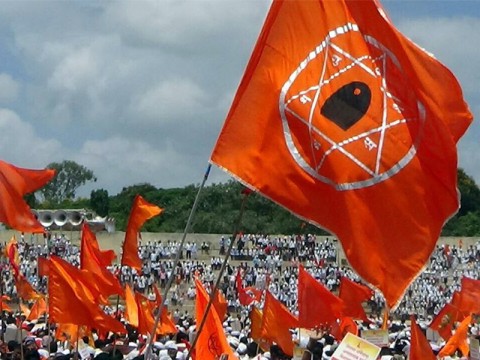Indian state recognizes 800-year-old tradition as a separate religion
Lingayat Dharma “started as a revolt and protest against Hindu orthodoxy,” said a leader in the movement advocating status as a minority faith.

For decades, adherents of Lingayat Dharma, an 800-year-old tradition with some resemblance to Hinduism, have lobbied the Indian government to declare it separate from the dominant religion on the subcontinent.
Recently the Congress Party, which rules the state of Karnataka in which the Lingayats are most concentrated, granted them the status of a minority faith.
“The whole religion started as a revolt and protest against Hindu orthodoxy,” said S. M. Jamdar, general secretary of the Jagatik Lingayat Mahasabha, a group at the forefront of the movement for obtaining official status as a minority religion. “It rose against everything that is Hindu. Therefore it is a separate religion.”





